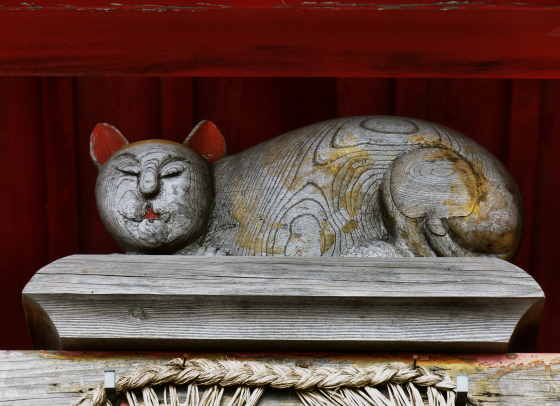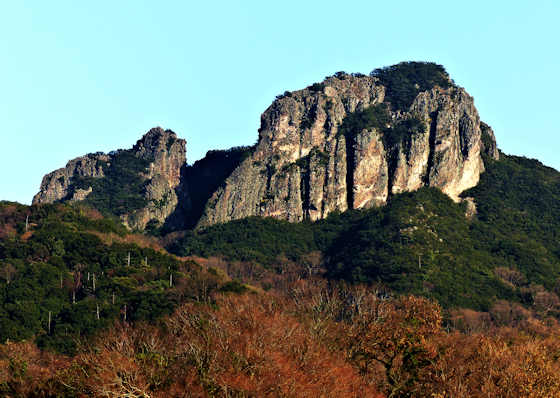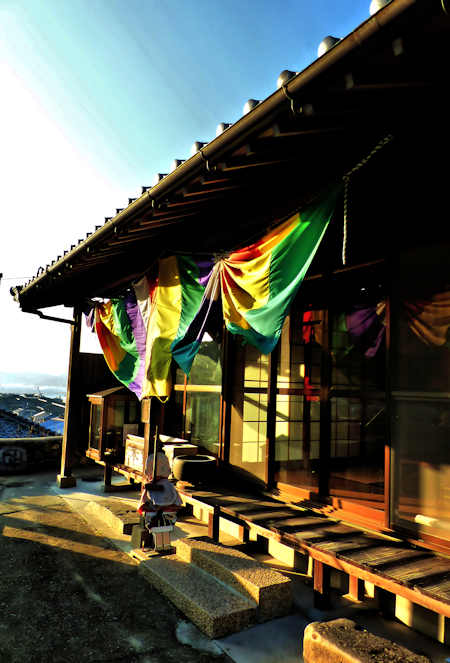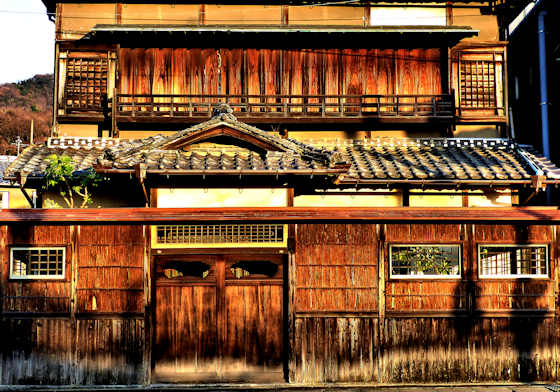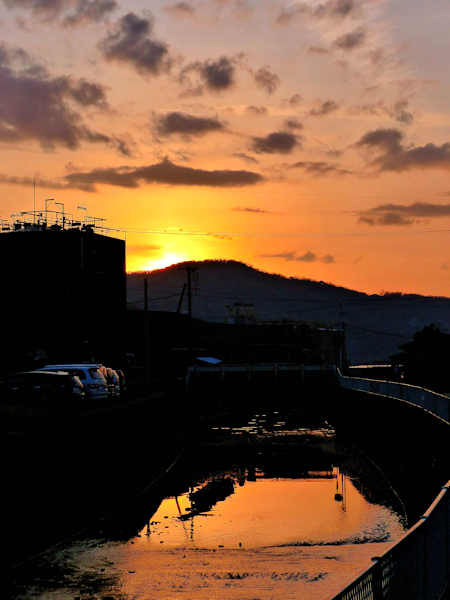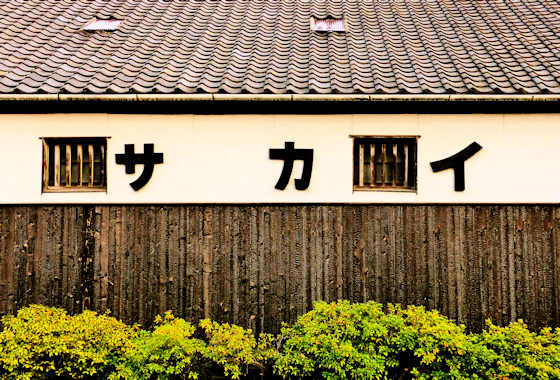Saturday, May 28, 2022
Kiyotakisan Magnificent Cave Temple
Monday, May 23, 2022
Christmas Morning on Shodoshima Day Two of the Pilgrimage
Christmas Morning on Shodoshima Day Two of the Pilgrimage
Friday 25th December, 2015.
Christmas day, and I'm awake at 4am, not, as when I was a little child, to eagerly explore what Santa had brought me, but because I have a very long day ahead of me. Its still pitch black when I take the first bus a few kilometers to the convenience store where I stock up on hot coffee and food for the day as there will be few opportunities to shop later.
Before it lightens and I can begin to find my way to the first temples I explore the big shrine on the hill near the conbini. When it's light enough I head off the main road into the maze of narrow streets and find the first couple of temples. Nothing much of note.
I pass a small soy sauce factory and recognize the name.... its the brand my wife buys, organic, not so common in Japan. I start to head up a small river that runs down from the mountains where I will be heading. They are still shrouded in cloud.
The next temple has a pyramid of gravestones. These are muenbotoke, gravestones for those deceased souls who have no descendants to look after their graves.
The next temple is quite large and is approached along a path lined with miniature bonsai pine trees. Looking up at the mountain the mist is clearing and against the ochre cliffs I see a glint of vermillion and turquoise, Kiyotakisan, the highest temple on the pilgrimage that I am heading to next. The road climbs out of the town and narrows as it becomes farmland.
When I reach the dam the sun has broken through and I can enjoy the colorful reflection in the reservoir behind. Another kilometer and I leave the road and start up the mountain trail.
I am really pleased that so much of this pilgrimage is on trails rather than roads. It's a warm, sunny day as I climb up through the forest.
Crossing a stream that gurgles over rocks, there is a small statue of Fudo Myo. Further still the remains of an old teahouse that used to provide refreshments to pilgrims on the trail. There are still pilgrims, like myself, who walk the trail, but the vast majority of pilgrims will travel by car or tour bus.
The last few hundred meters are the steepest and I emerge on a big mountain road with the temple complex under the cliffs across the road. There is a lot to explore and see here,.... many statues, a couple of cave halls, and of course fantastic views across the sea and the island below.
Leaving the temple the road starts to descend. Rounding the bend I can see in the distance the buildings at the top of Kankakei Gorge, where I will be heading to later. It appears to be just a little higher than where I am now. As the road continues to descend I become disheartened. I didn't realize I was going to have to go back down quite so far as that means more climbing later.
When I reach the next temple,Hotogekataki, I am surprised that it look like a regular temple. There are buildings and bell towers, and an old lady sweeping the steps. But it's another cave temple. Going in through the narrow entrance it opens up to a dome shape with a natural pillar of rock in the middle. Most curious is the woodstove burning away. The little old lady show me around and points out the various altars and gives me half a dozen small oranges as Osettai, gifts for pilgrims. From the covered platform in front of the cave there are sweeping views over the lower part of the Kankakei Gorge.
From here the road carries on down down a few hundred meters to a junction. From here I have two choices. One kilometer away is the ropeway up to the top pf the gorge, from where I can take the trail down to the next temple, or I can take the trail up to the next temple and then carry on to the top of the gorge and take the ropeway down......
Wednesday, March 2, 2022
Mukai-an Temple Koshin-do Temple & Saisho-an Temple on the Shodoshima Pilgrimage
Mukai-an Temple
Sunday, October 3, 2021
Jyokoji Temple 8 Shodoshima Pilgrimage
Monday, June 28, 2021
Goishizan Temple 2 Shodoshima Pilgrimage
Tuesday, March 16, 2021
Dounzan Temple 1 on the Shodoshima Pilgrimage
